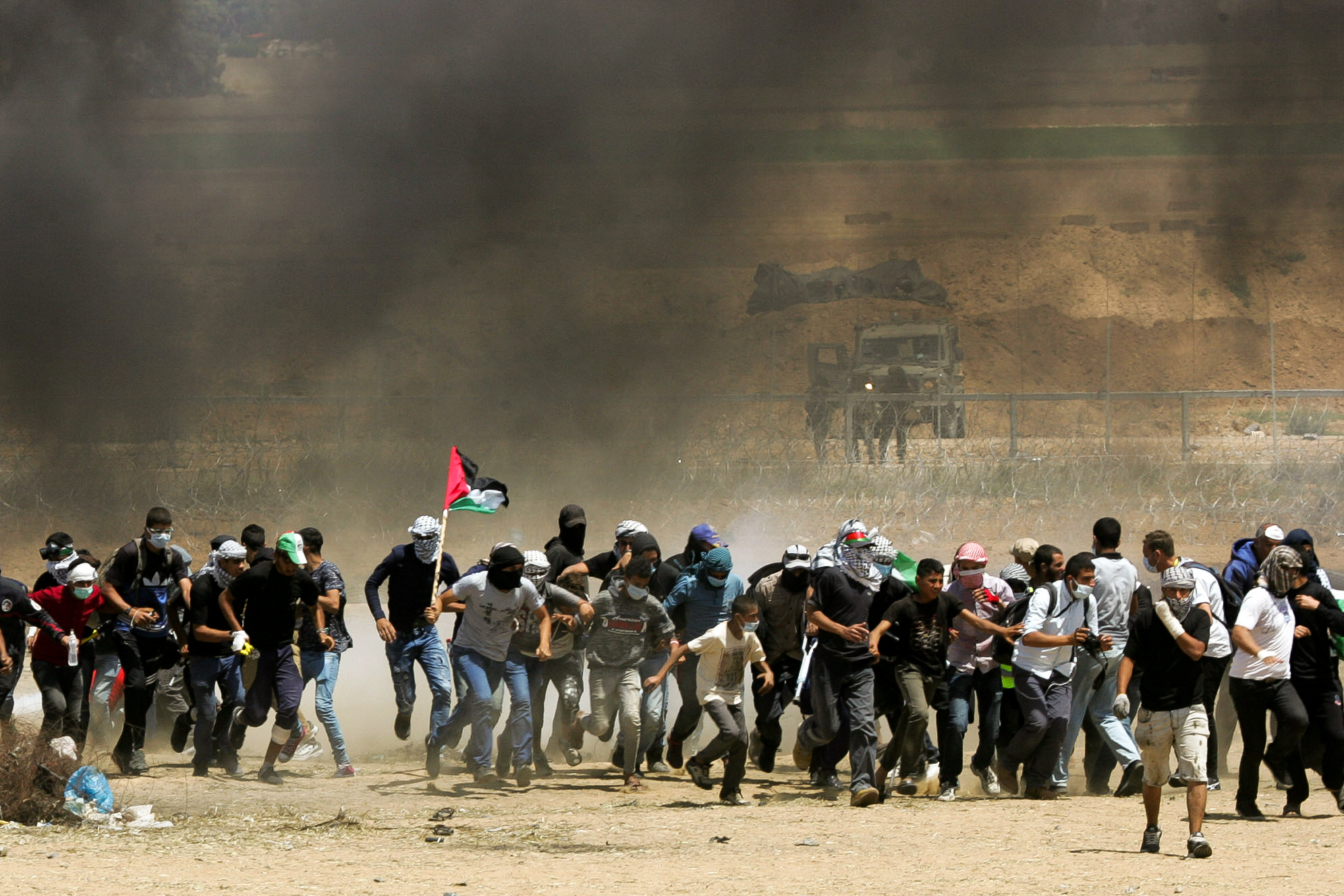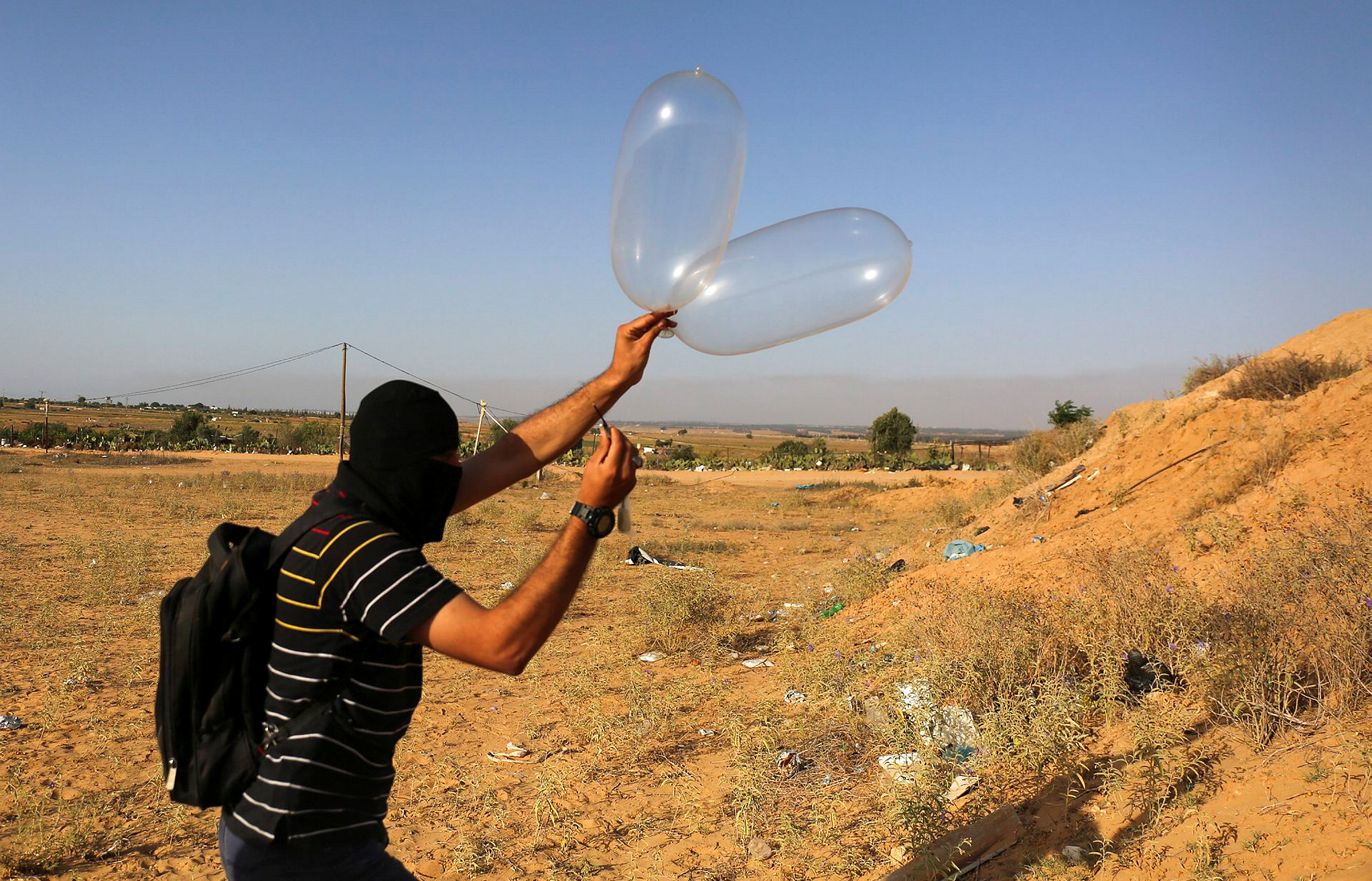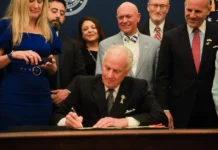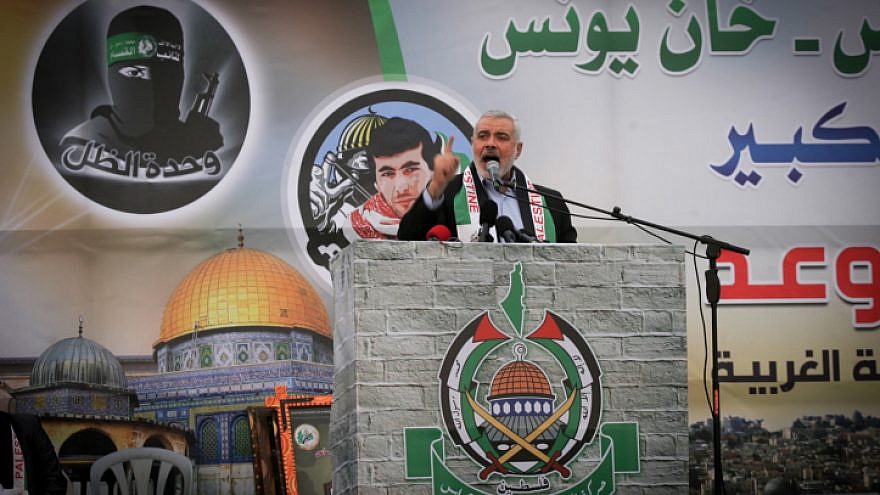Intensive efforts are underway to reach a long-term, comprehensive truce arrangement between Hamas in the Gaza Strip and Israel. Former members of the Israeli defense establishment, however, have expressed skepticism about the feasibility of such an outcome.
At the same time, a limited truce might be more realistic, they said.
Egypt is leading the attempt, mediating the talks and hosting senior Palestinian delegations in Cairo. A high-ranking coordinator with the United Nations in the region, Nickolay Mladenov, is also involved.
The problem is that a long-term arrangement for Gaza would only be possible if two components are put into place, noted Shay, who today serves as director of research at the Institute for Policy and Strategy (IPS) at the Interdisciplinary Center Herzliya (IDC) in Israel.

The first component involves a reconciliation agreement between Fatah and Hamas, he said. “And the second is a period of calm between Hamas and the State of Israel. The two things are interlinked. In order to obtain a long-term period of calm, there needs to be major investment in the Gazan economy and infrastructure.
“That means bringing the Palestinian Authority into Gaza, “continued Shay. “Because this is a condition, it is very problematic. If you look back, since Hamas seized power in Gaza in 2007, there have been countless attempts, led by Egypt, to reach Palestinian national reconciliation.”
And none of those have succeeded, stated Shay.
‘Abbas is dragging his feet’
Today, while Hamas has an interest in reaching reconciliation with its internal Palestinian rival, P.A. leader Mahmoud Abbas has no similar sentiments.
“Abbas is dragging his feet because he has no interest in promoting this procedure, which would give Hamas gains, but not the P.A.,” said Shay. “If an internal Palestinian reconciliation is the condition for an Israeli-Hamas arrangement, then very large question marks will remain over this.”
On the other hand, a more limited truce involving the end of Gazan border demonstrations—and the cessation of incendiary kite and balloon attacks from Gaza, which have burned large swaths of Israeli farmland, and harmed wildlife and affected Israel’s honey production before Rosh Hashanah—is feasible.
In exchange, Shay said, Israel could reopen the Kerem Shalom border crossing, allowing more material to flow into Gaza, and expand the fishing zone for Palestinian fishermen.

“The more limited the agreement, the more limited its ability to improve the Gazan economic situation,” he cautioned. Therefore, “it is like a painkiller, not an anti-biotic. It does not significantly change the situation on the ground.”
Any such arrangement should also include the return of the bodies of two Israel Defense Forces soldiers held by Hamas—Oron Shaul and Hadar Goldin, who were killed in combat during the 2014 Gaza conflict—in addition to the return of two Israeli nationals being held captive by Hamas, said Shay. “This must be a condition,” he added.
‘Israel will insist on full quiet’
Echoing Shay’s assessment, Dr. Col. (res.) Moshe Elad, one of the founders of the security coordination between the IDF and the P.A, said any attempt to reach a full agreement was very likely to end in failure.
“There are a number of arenas involved; each one is more complex than the other,” said Elad, currently a lecturer at the Western Galilee College.
Hamas and the P.A. have failed at all previous attempts to settle their differences, “so this time will not be different,” he said.
On the Israel-Hamas front, Israel will want to seek “full quiet” as part of a large package deal. “Hamas has never agreed to full quiet. I don’t remember it ever agreeing to this,” warned Elad.
“There are smaller [armed] groups in Gaza, which are known as the rebellious groups, and the truth is that if Hamas wants, it can rein them in. But the problem is that Hamas does not want to stop them. It wants to use them to threaten Israel. Israel will insist on full quiet. It will insist that not even a single shot is fired. Hamas won’t agree to that,” he said.

All of the economic benefits being offered to Gaza as part of a package deal—an improvement in the water and electricity supplies, the construction of a seaport, the cancellation of debts owed by the Hamas government, a relaxation of the Israeli security blockade—hinge on a P.A.-Hamas agreement.
Yet Elad said he does not see “any intention” by the P.A. to agree to this since Abbas would emerge as “the main loser.”
“What incentive does he have for this to succeed?” he posed.
At the very most, if Hamas finds itself with its back against the wall, it might agree to freeze the activities of its military wing and place its members on leave, said Elad. “But they will never disband the military wing,” as the P.A. has demanded, he added.
Doing that would symbolize “cancelling the resistance” from Hamas’s perspective, which would be unthinkable for the hardline Islamist organization.
According to Elad, within a number of days or a week, accusations and recriminations over “why this didn’t work out” will likely emerge.


























